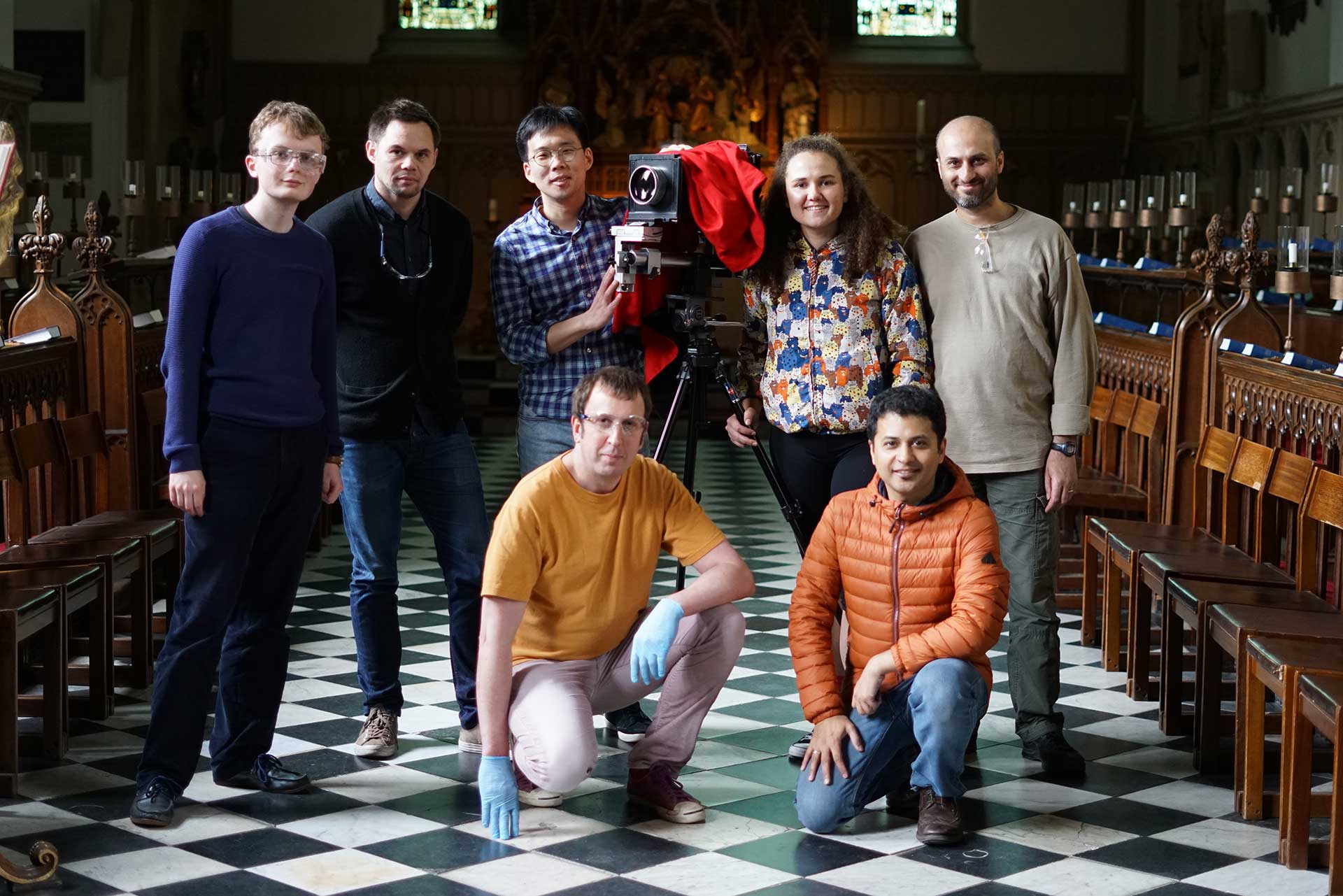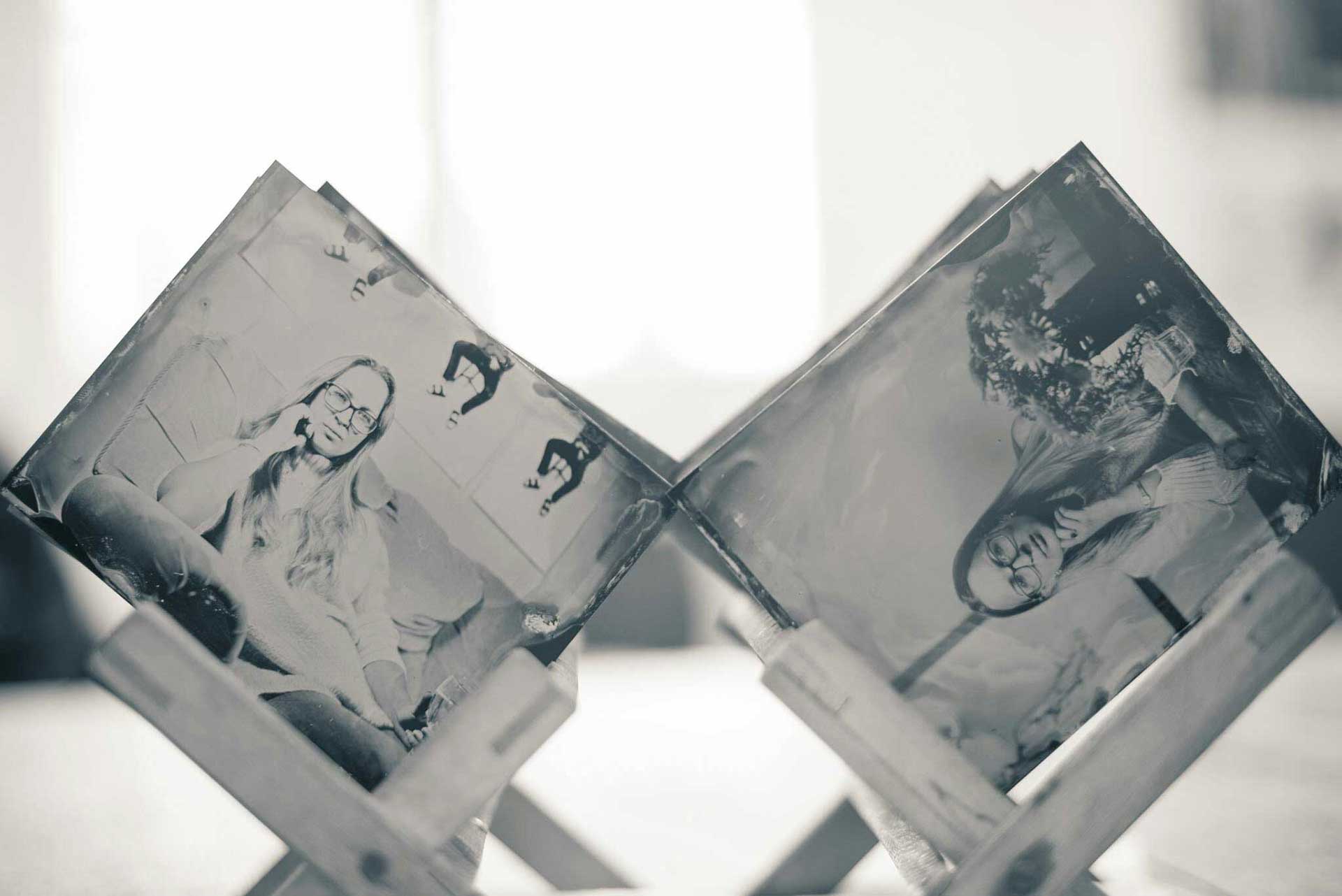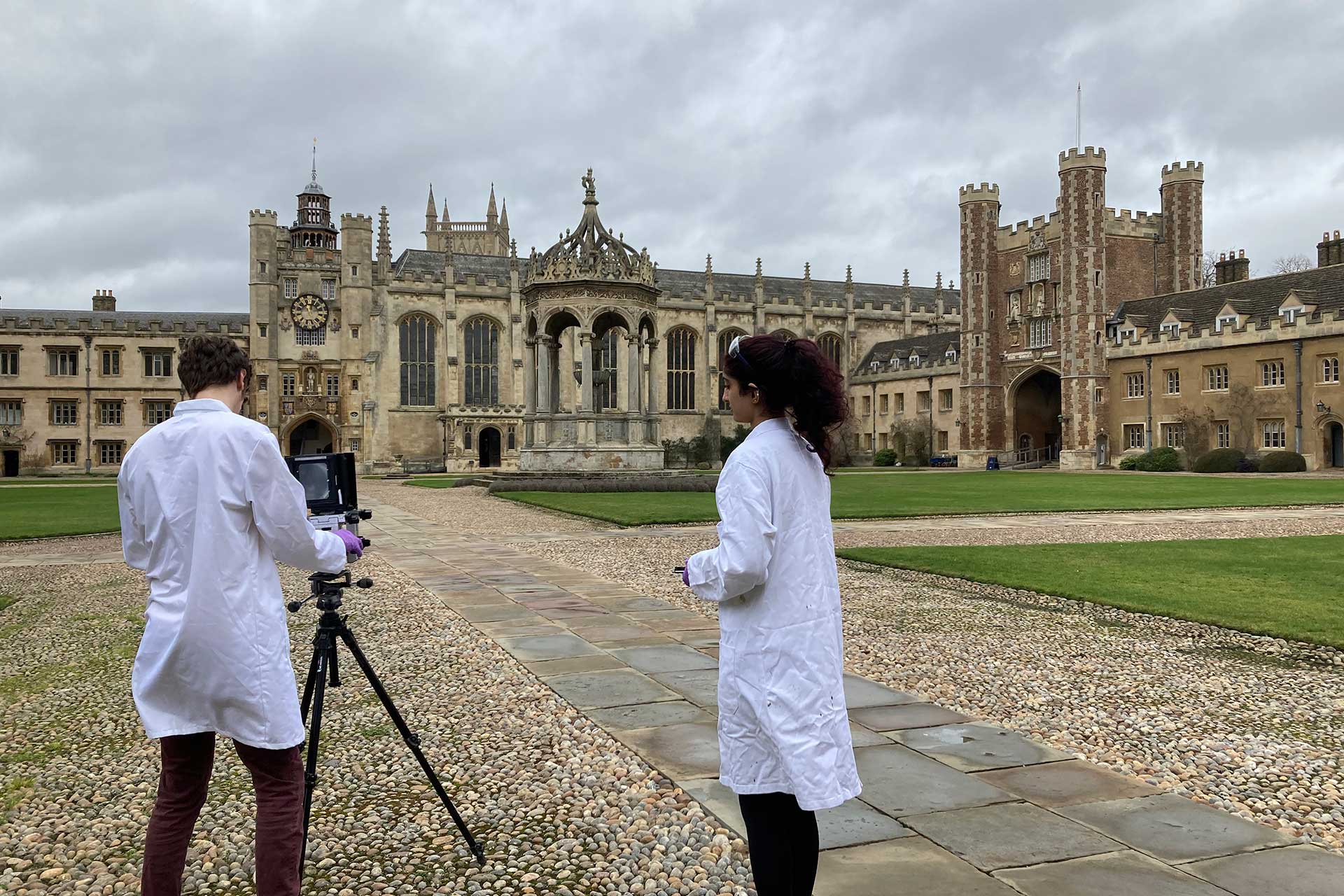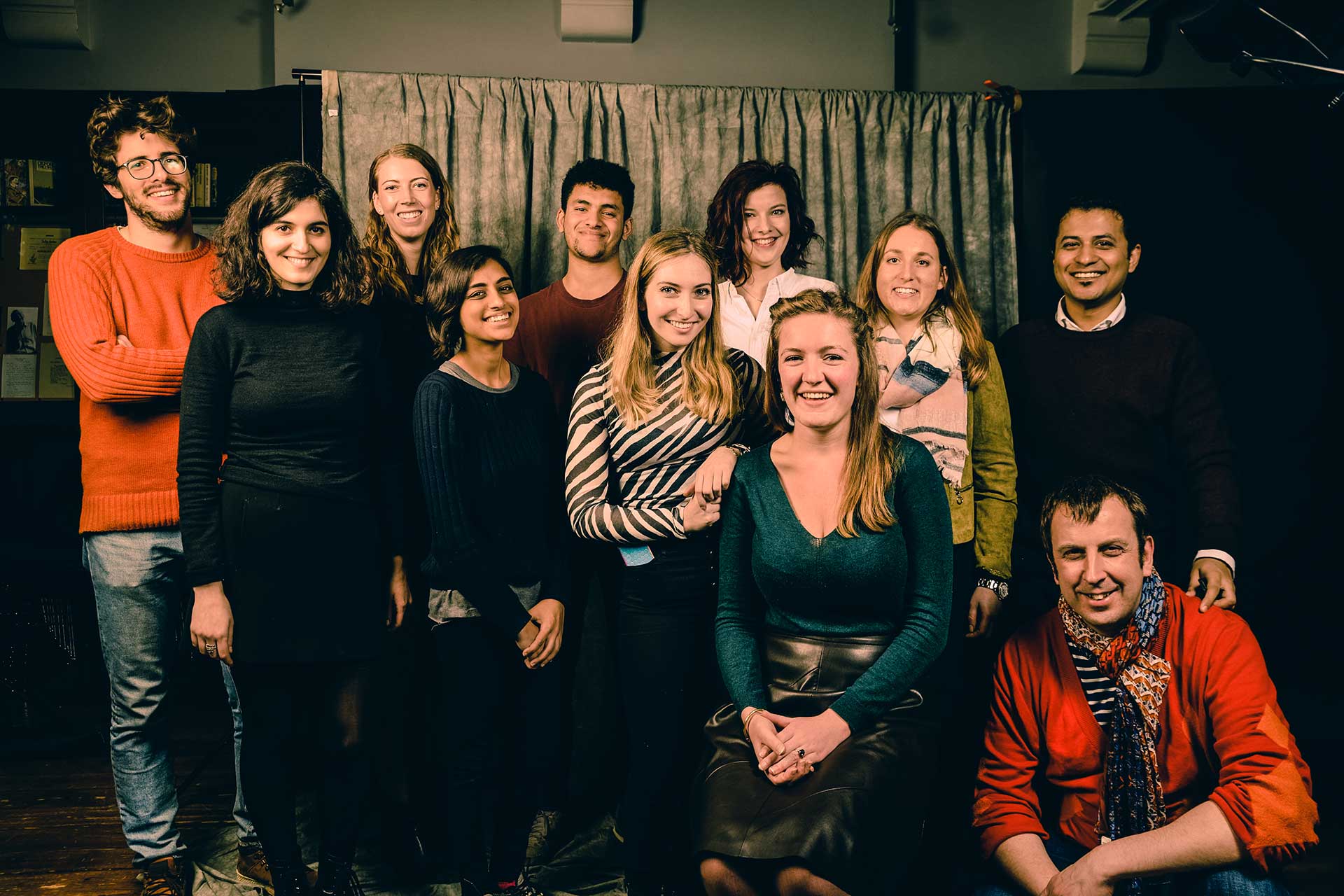Wet plate collodion workshop, Trinity College, Oxford. Photo: Graham CopeKoga.

CopeKoga's workshops focus on historical photographic techniques, from the 1851 wet plate collodion process, using glass and tin plates to advance darkroom processes, such as selective bleaching using Potassium Ferricyanide and toning.
But historical processes and techniques aside, CopeKoga's workshops also focus on the creative process, with the aim of inspiring students to think creatively and to experiment with visual ideas.
Using only film and chemical processes, he teaches that failure is an important element of the creative journey, especially in photography. And understanding that these failures are not negatives, but positivities towards the final work and a deeper knowledge of the subject.
CopeKoga has taught photography since 2001 and currently holds workshops at King's College, Cambridge and Trinity College, Cambridge and previously at both Trinity College, Oxford and St John's College, Oxford and The Nottingham Trent School of Art and Design.

Understanding darkroom processes and techniques can help to achieve the desired results. More importantly understanding darkroom safety is paramount. Each darkroom workshop concentrates on one specific process, and the safety requirements.
Workshops range from basic printing to more complex techniques, such as masking and toning to gold leaf application and selective bleaching. He teaches both colour and black and white film development and Lith printing.
Each workshop starts with the preparation of chemicals and the safe handling and disposal of them.

The wet plate collodion process is fascinating and creates beautiful unique images. Invented in 1851, this second iteration of photography after the Daguerreotype creates instant images, which when varnished can last hundreds of years.
Limited to two students at a time, emphasis is placed, not only on technique, but also on the creative process and gaining an understanding of light and shadow to create truly amazing images. A combination of daylight and 3000 watt flash is used during each workshop.
Each workshop concentrates on the safety requirements, with safety equipment provided.


Often the most popular class, using both film and digital cameras, this workshop covers a range of portrait lighting techniques. Starting with a one light set-up, students gain an understanding of light and shadow, before two and three lights are introduced and inverse square law explained.
Students are encouraged to explore creative ideas, using different lenses, coloured gels and poses to build up an image.
The workshop starts with an understanding in the use of studio flash, light modifiers and light metering.